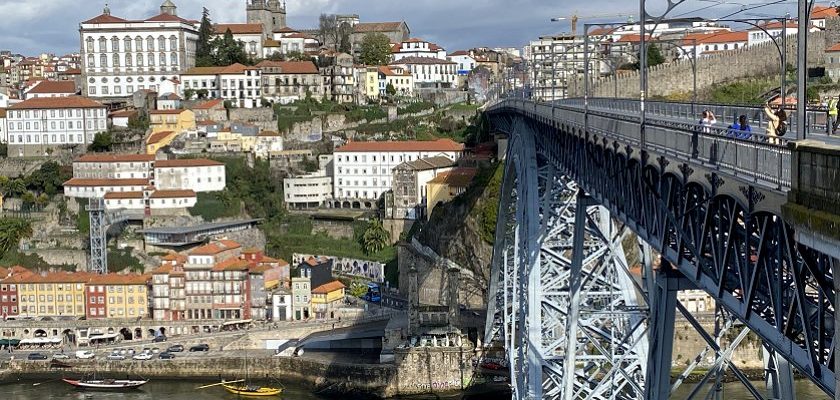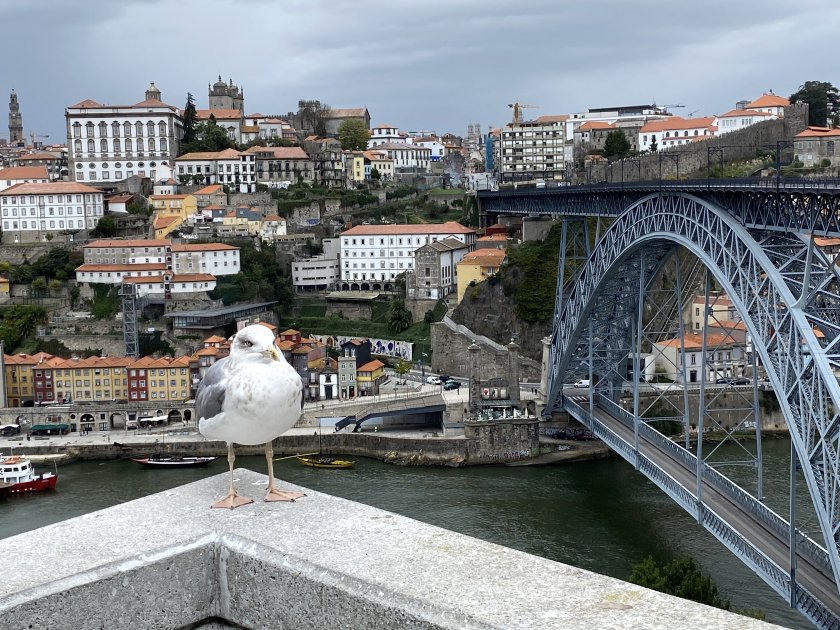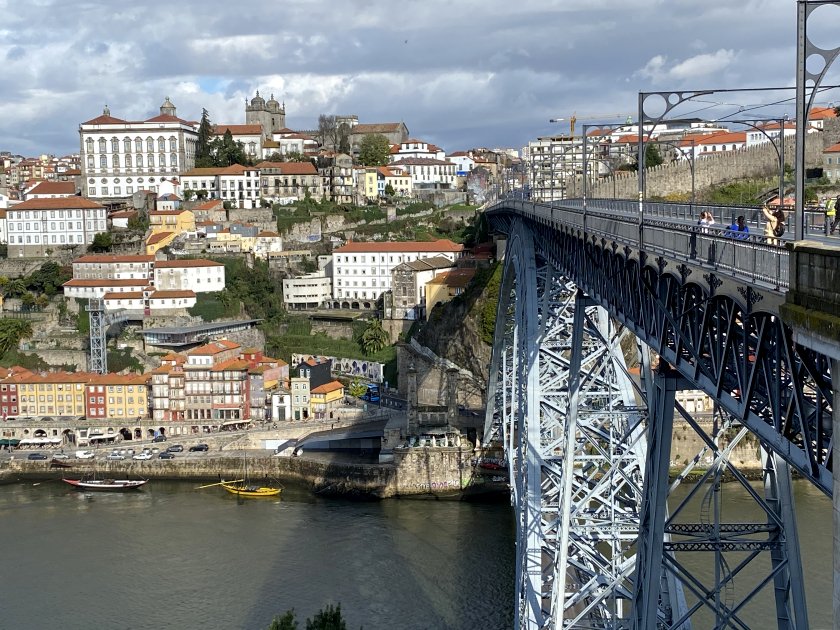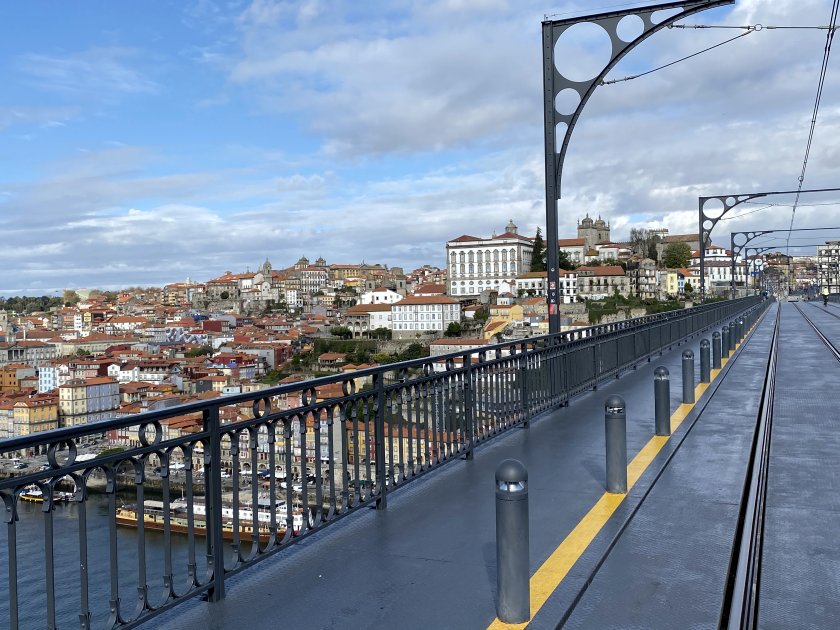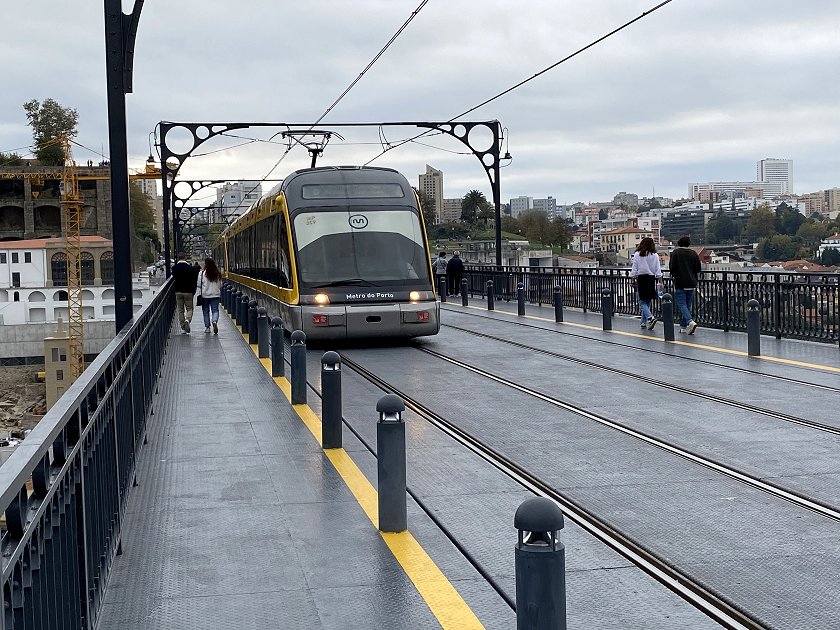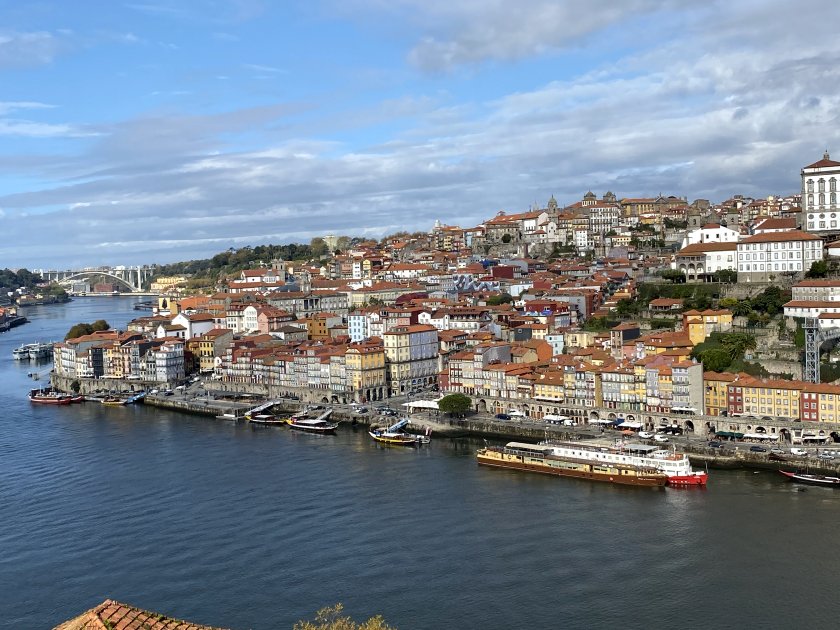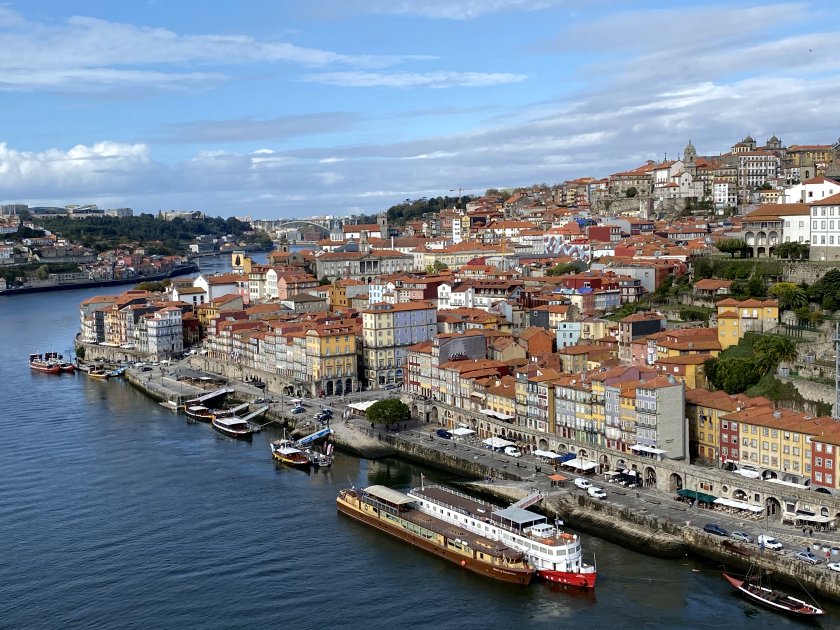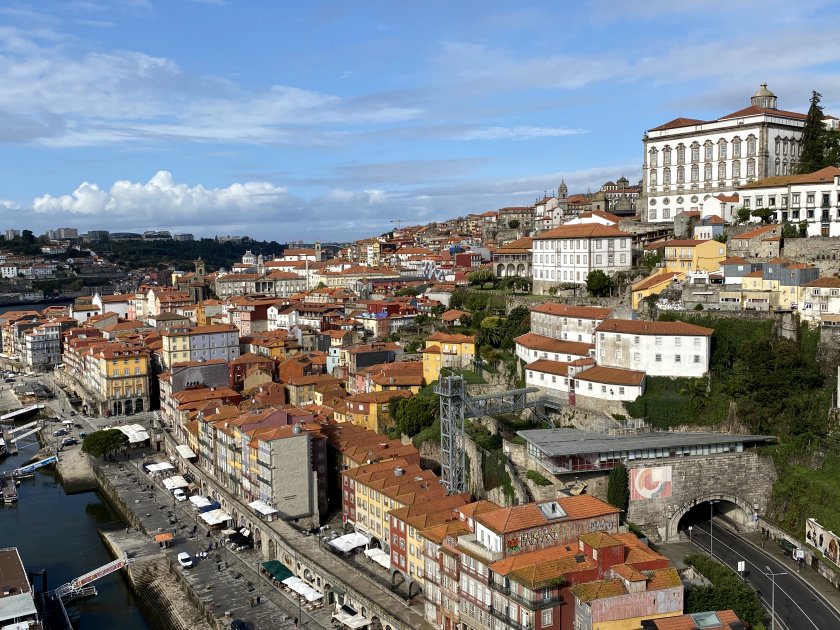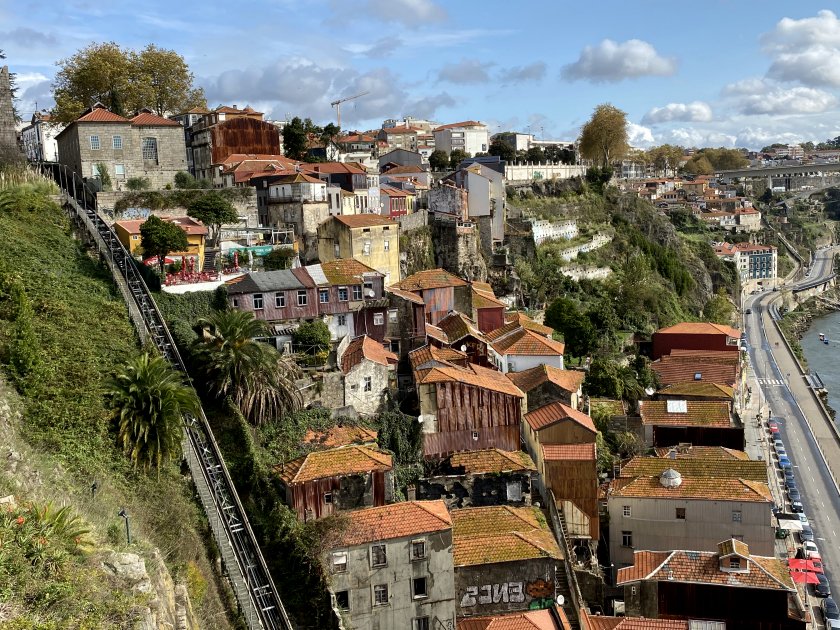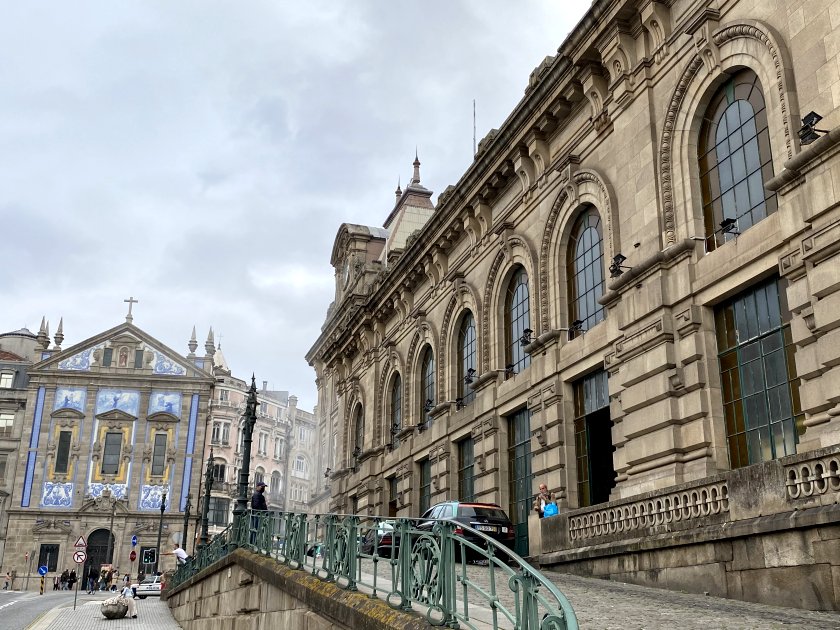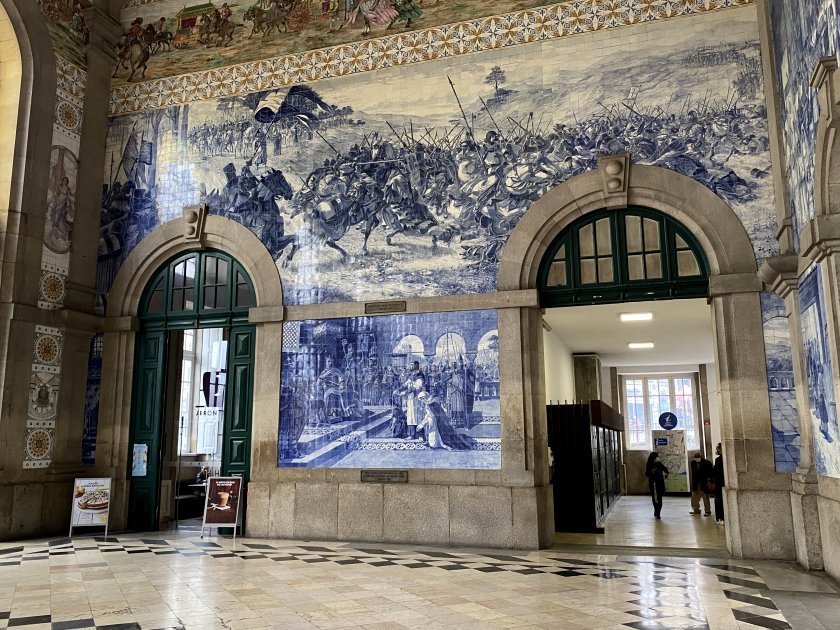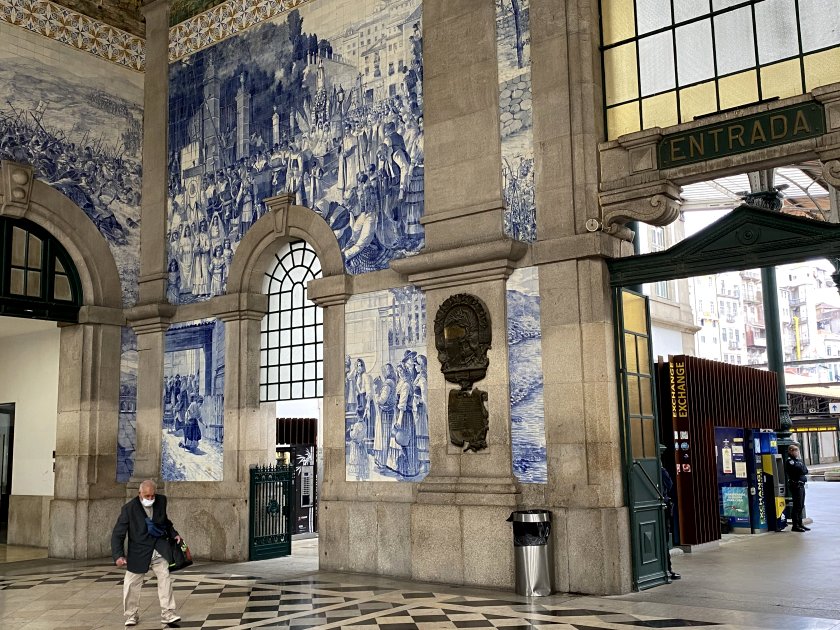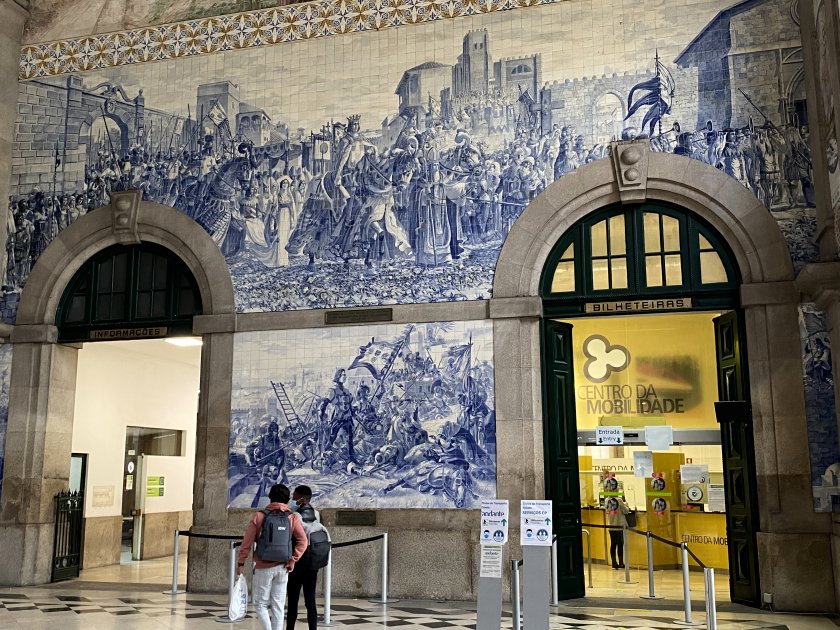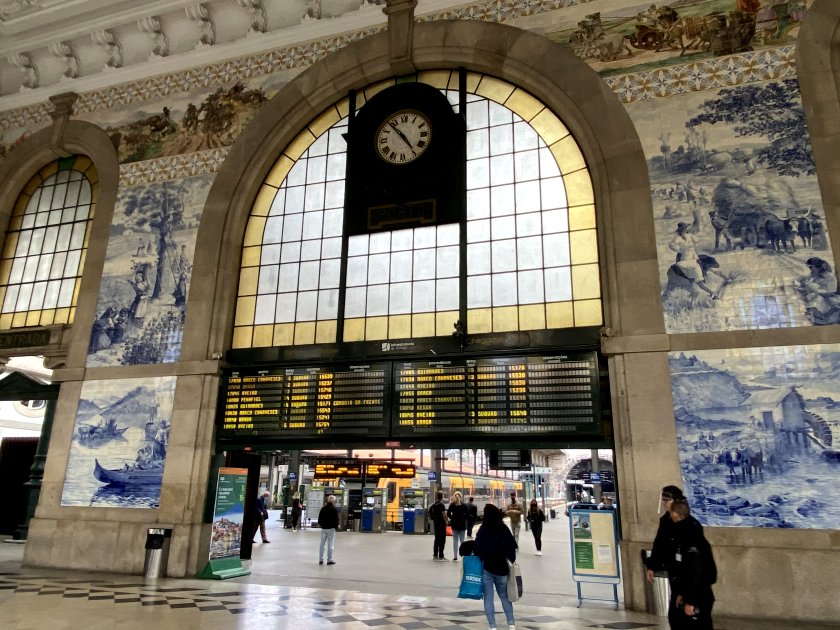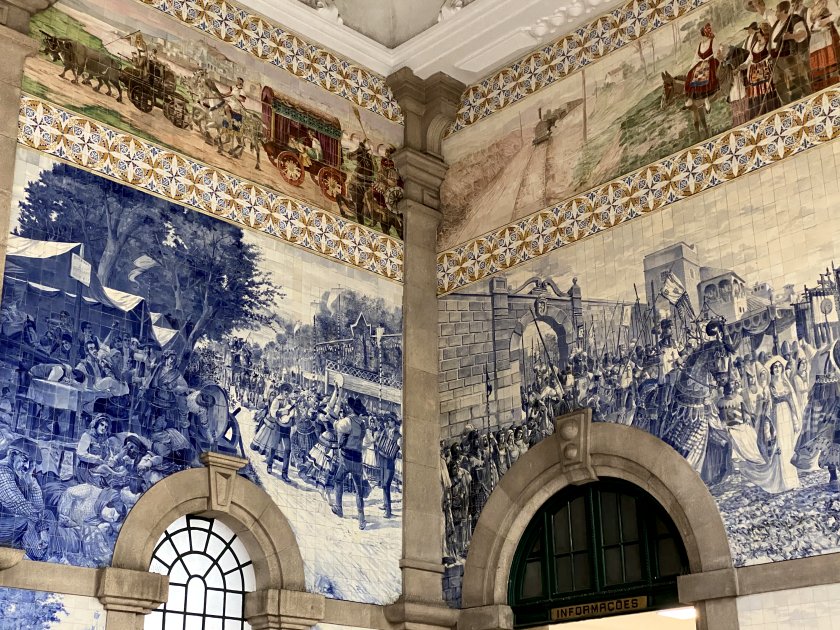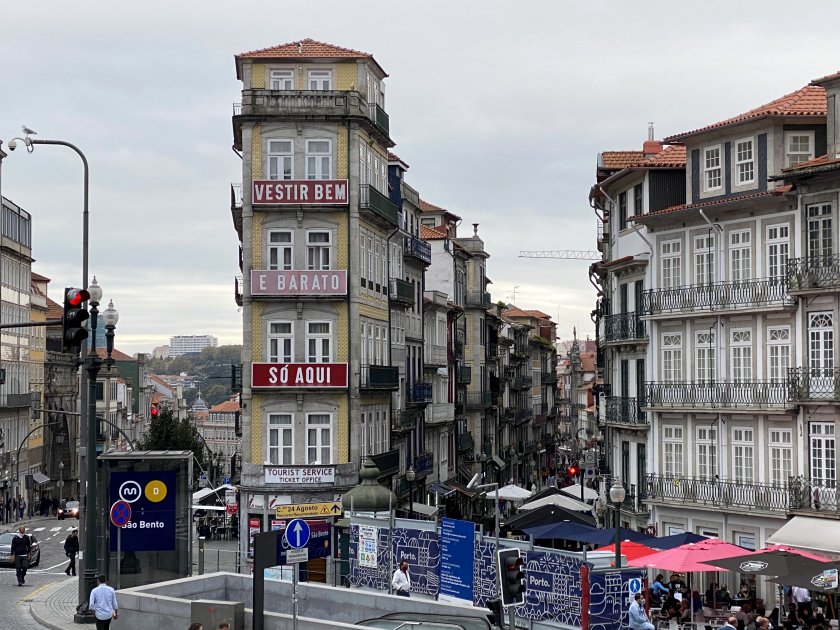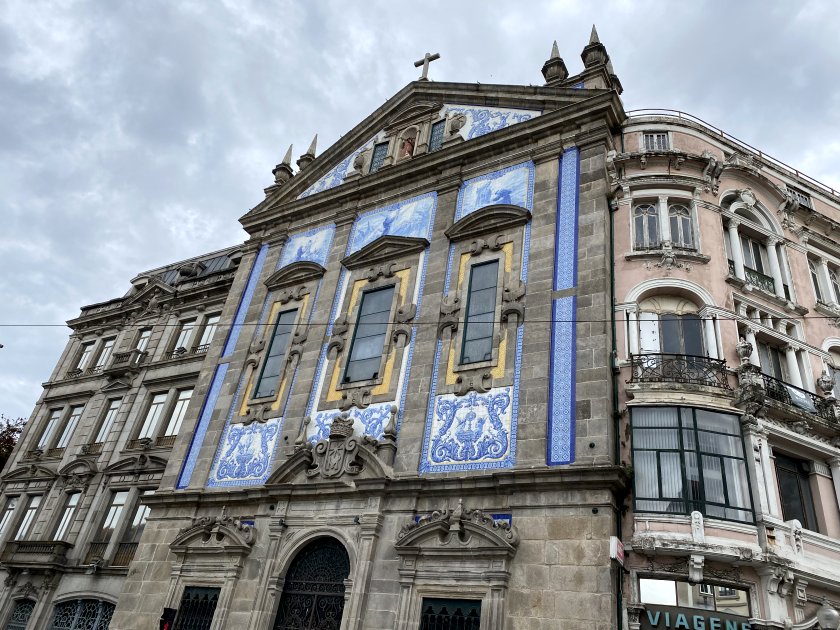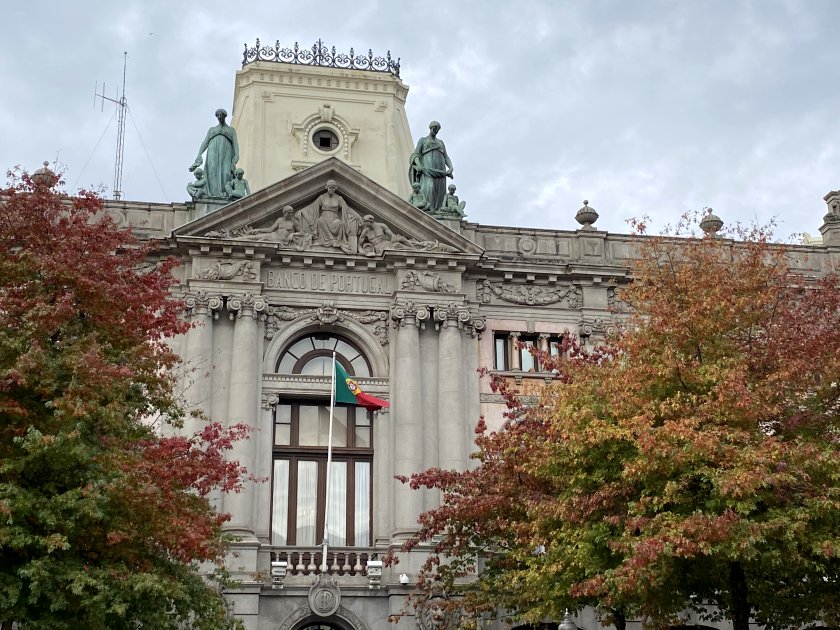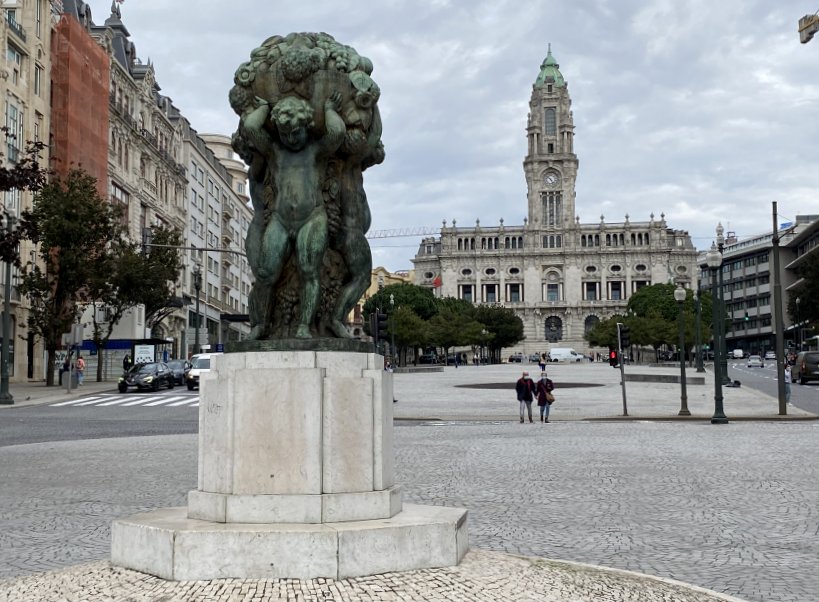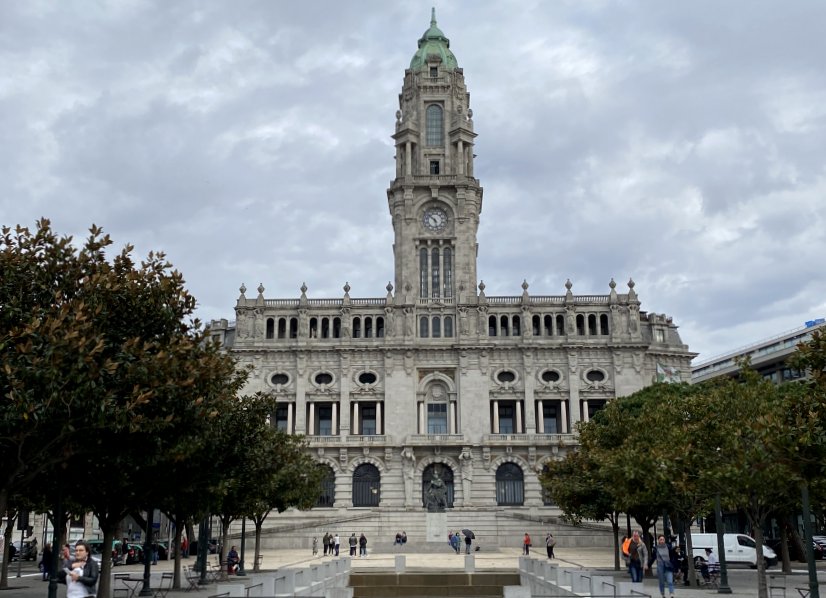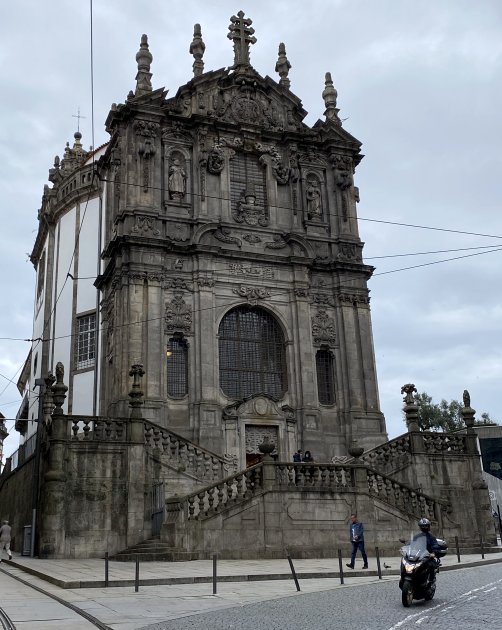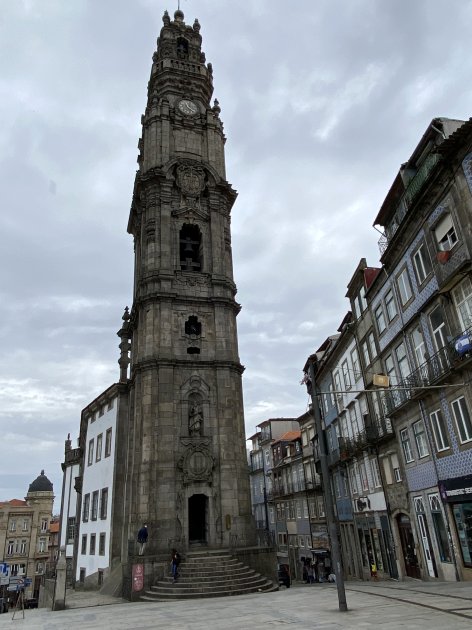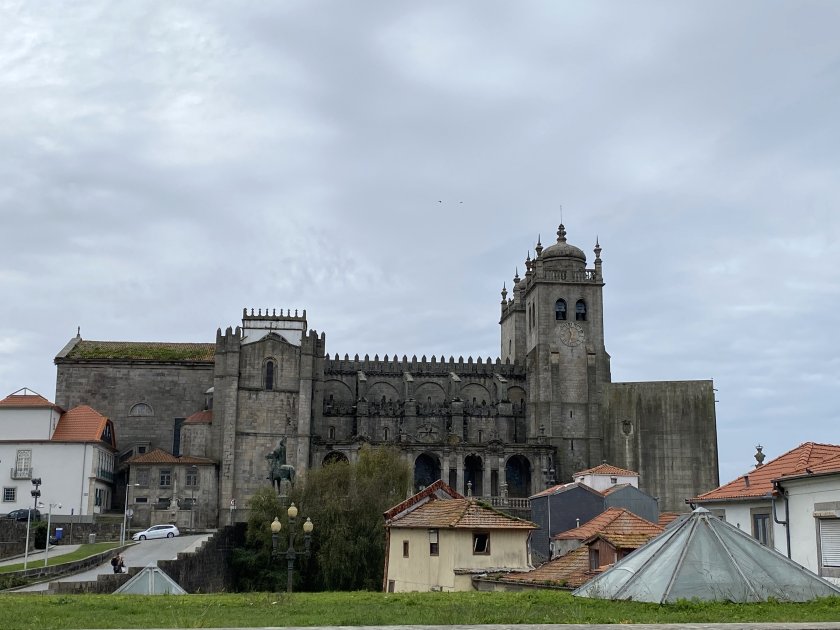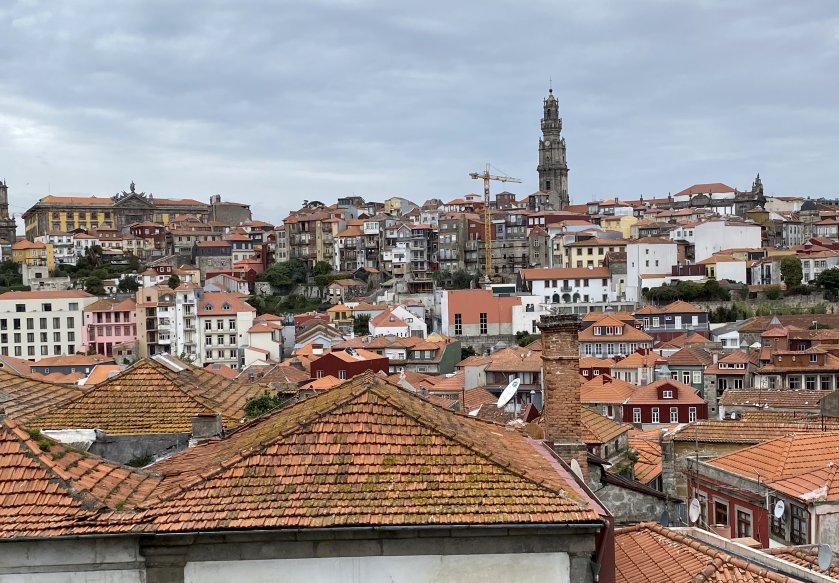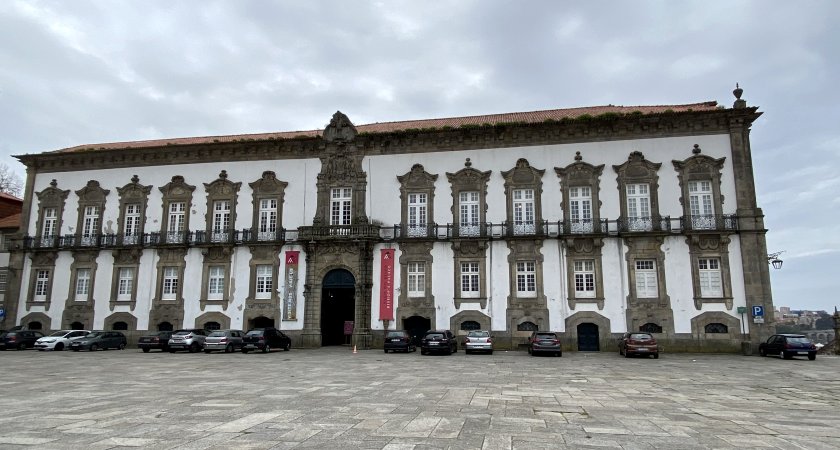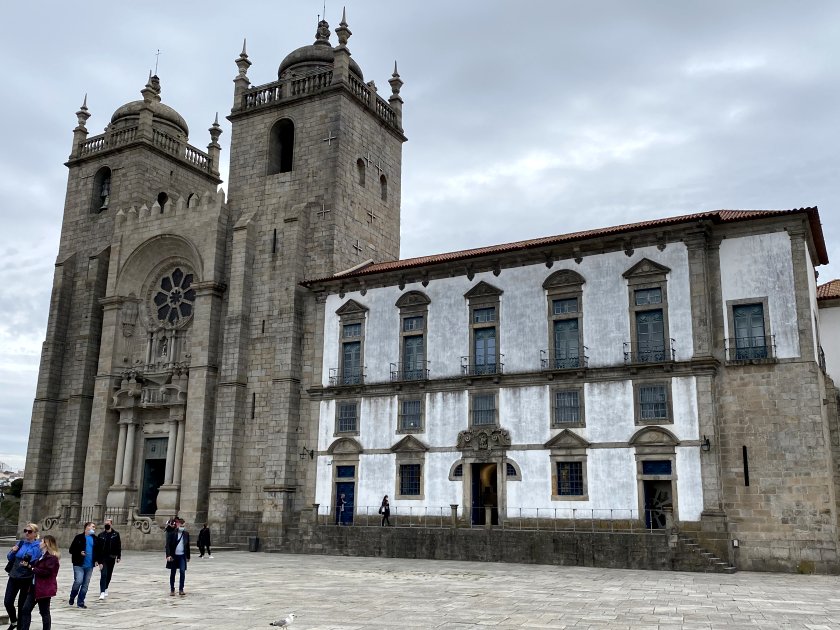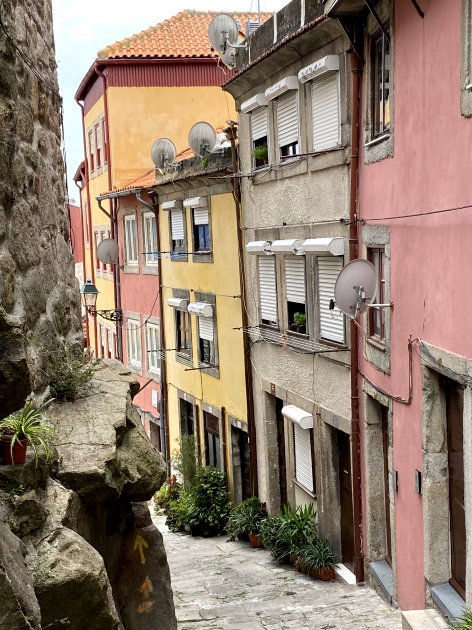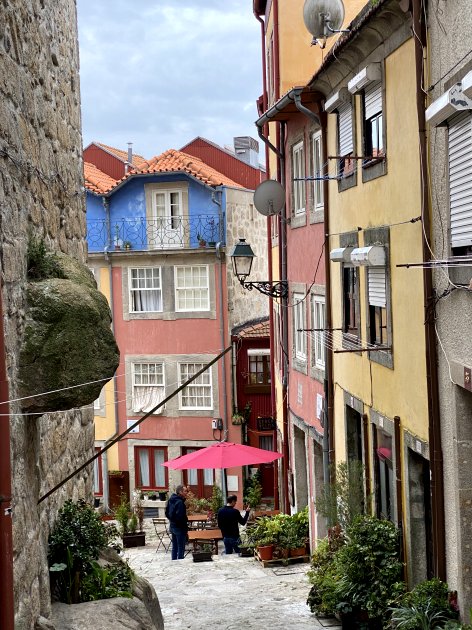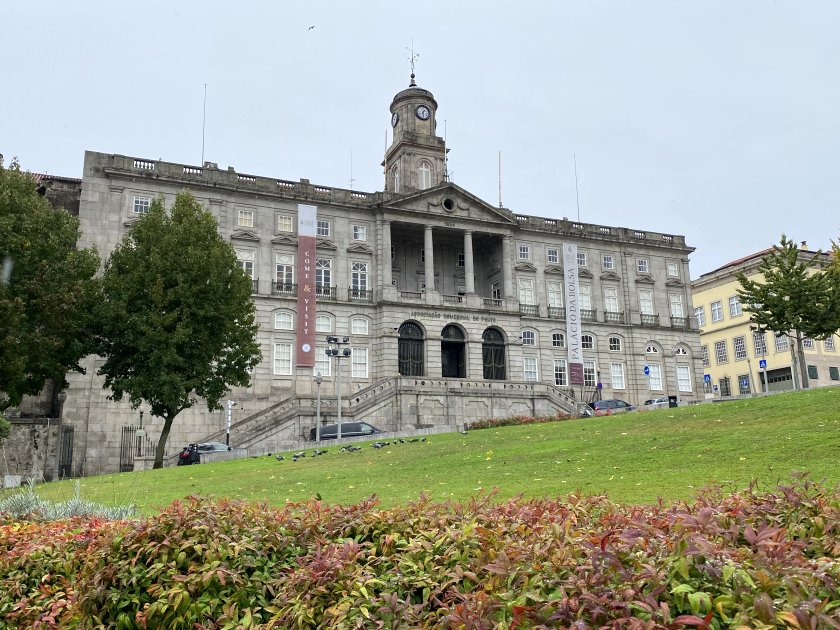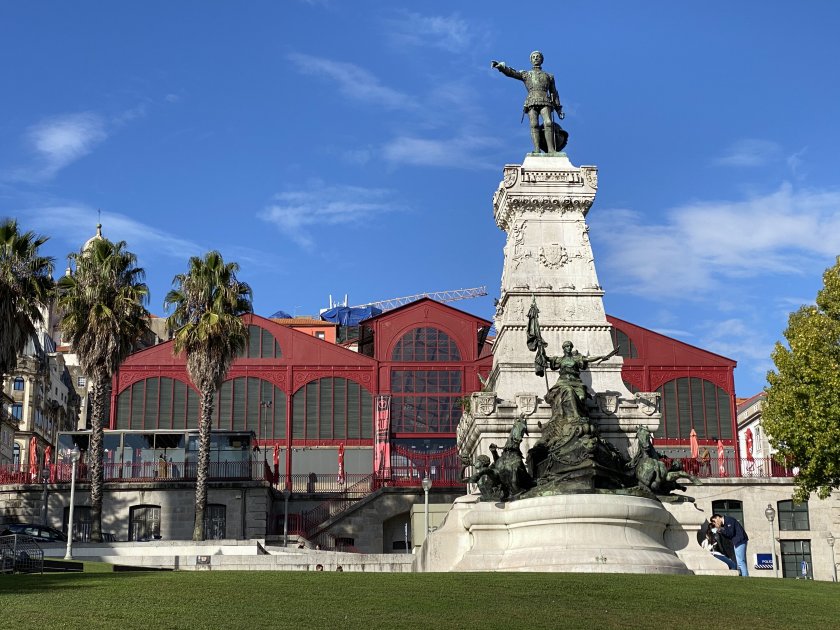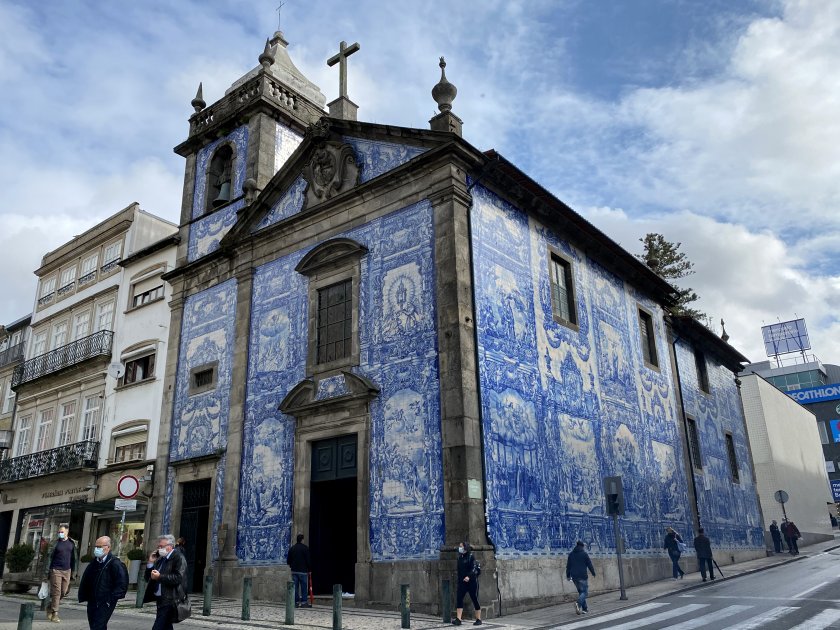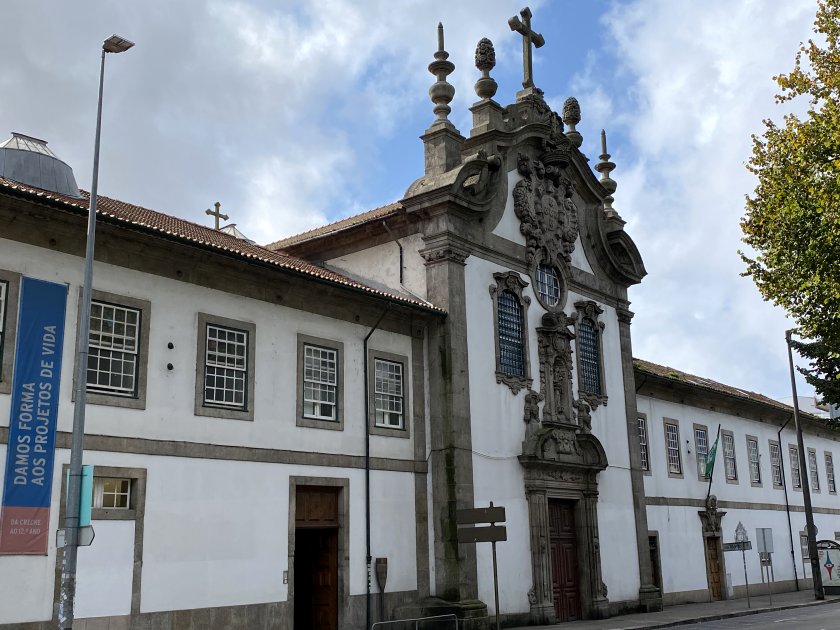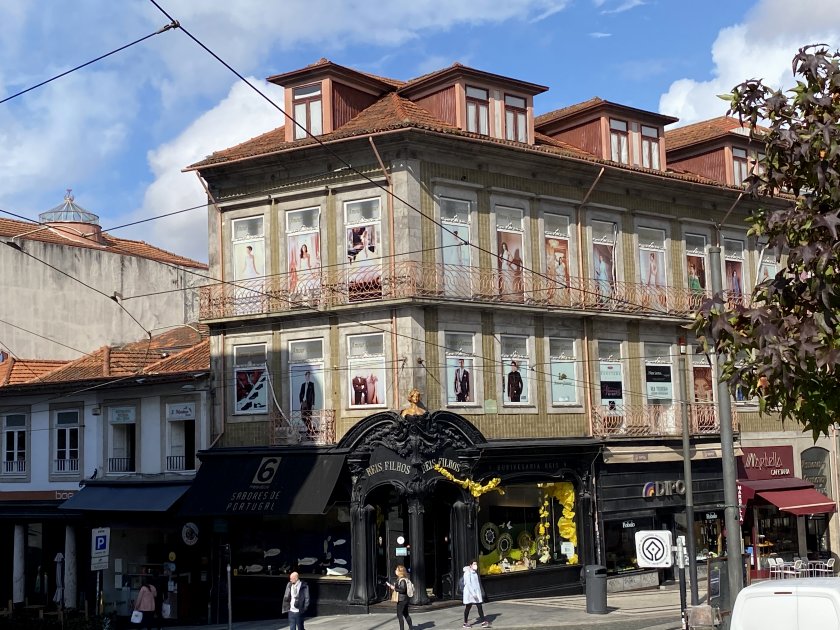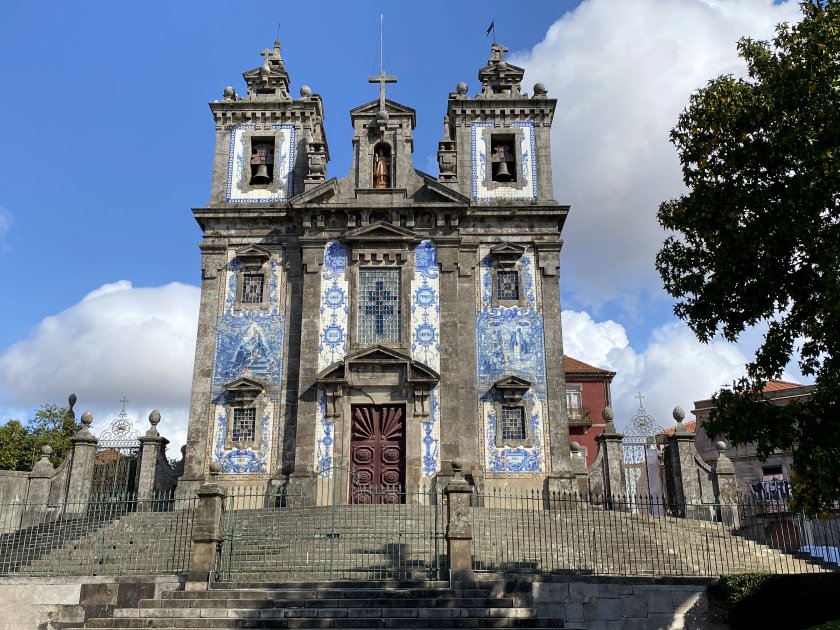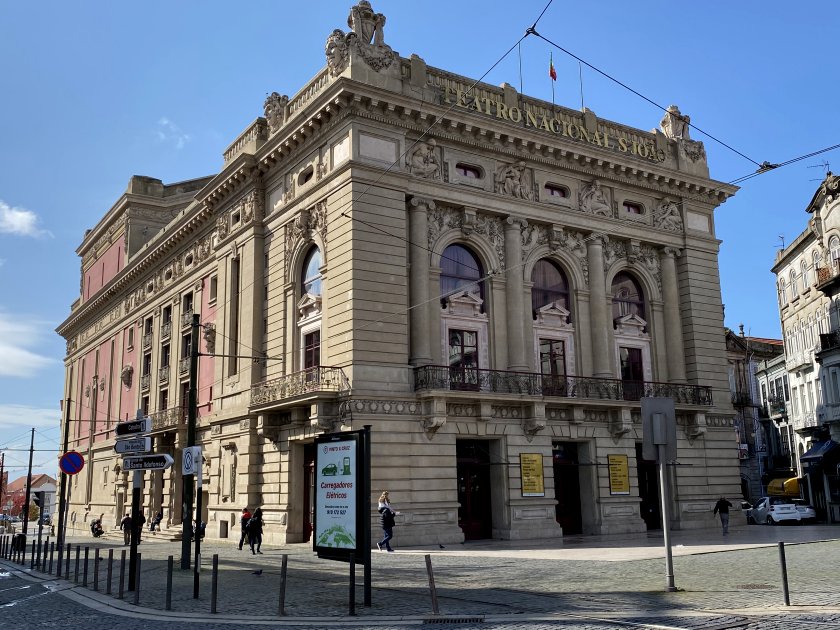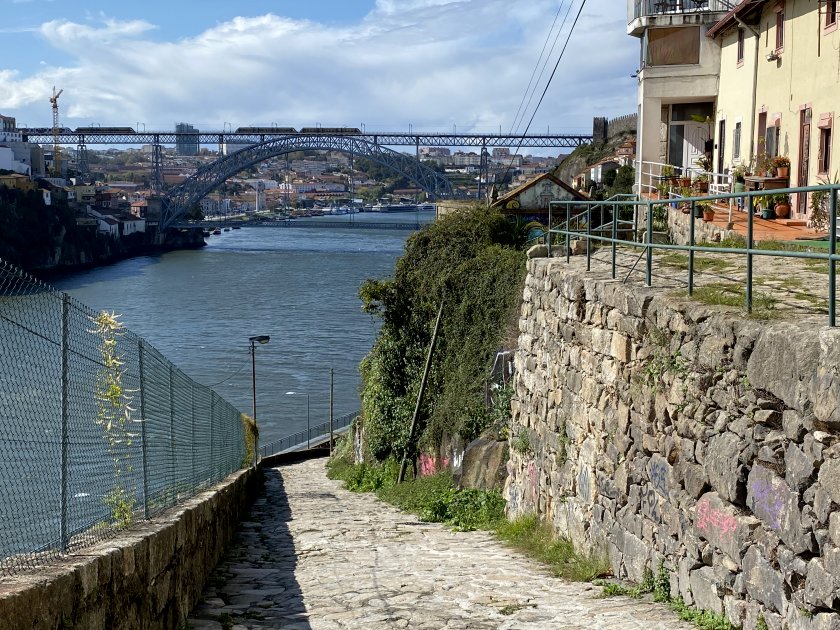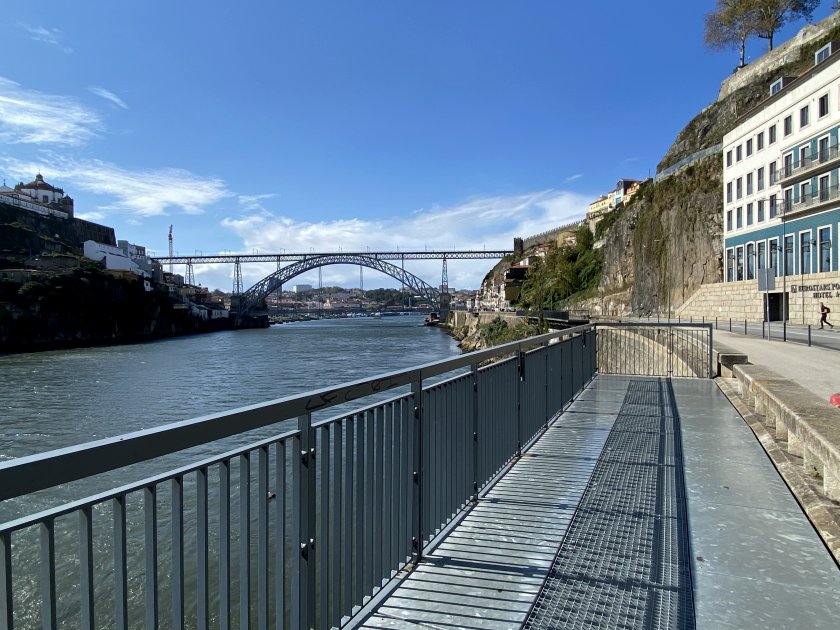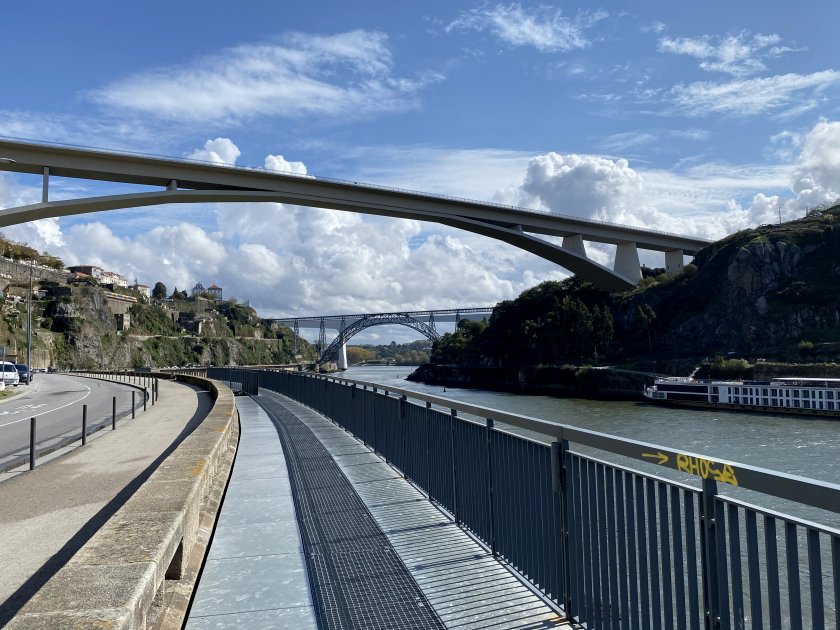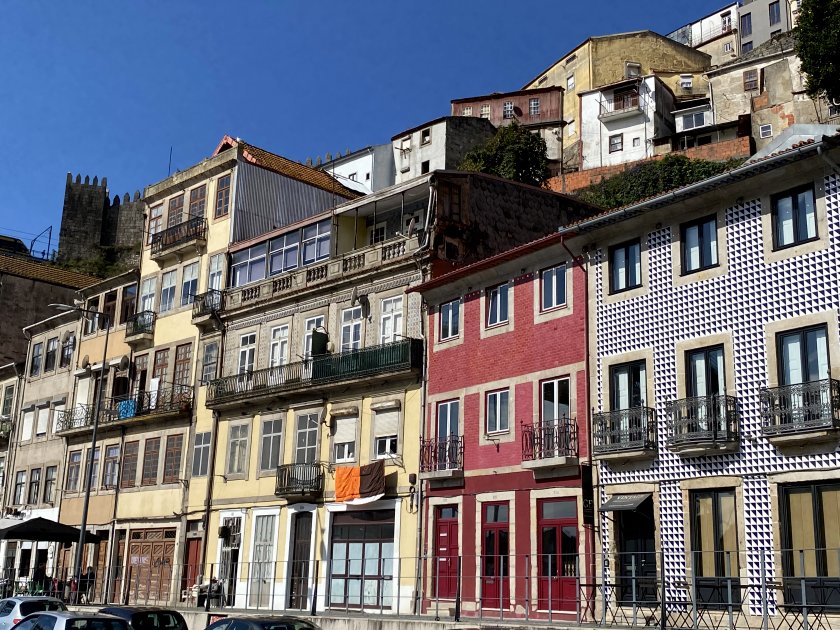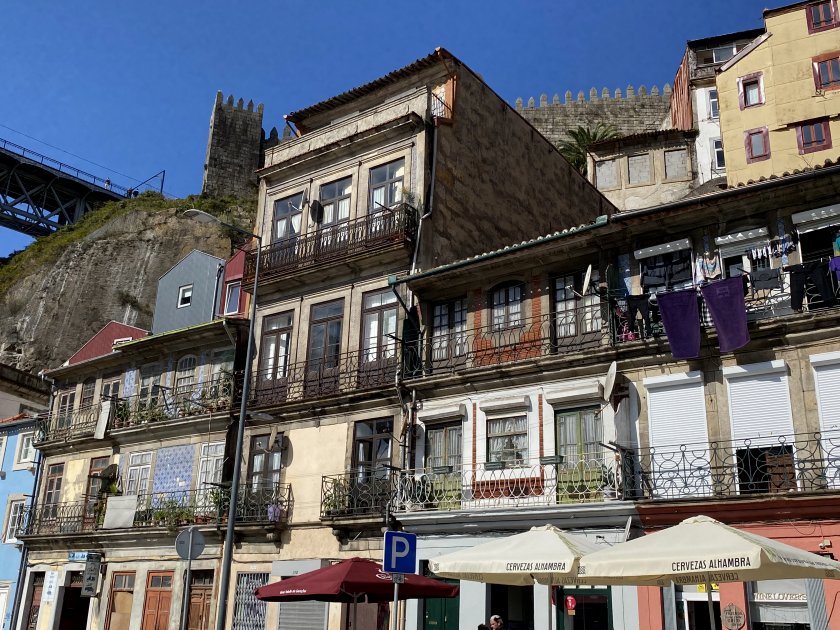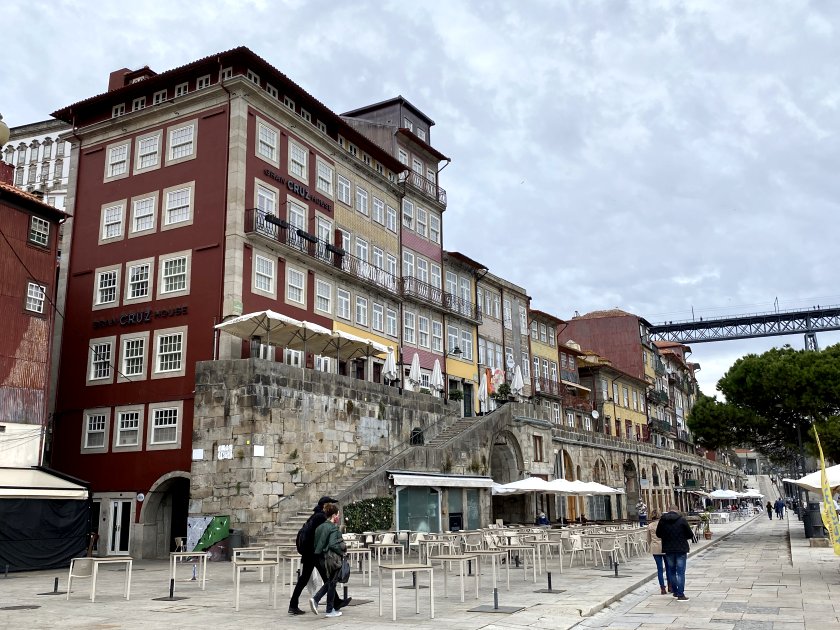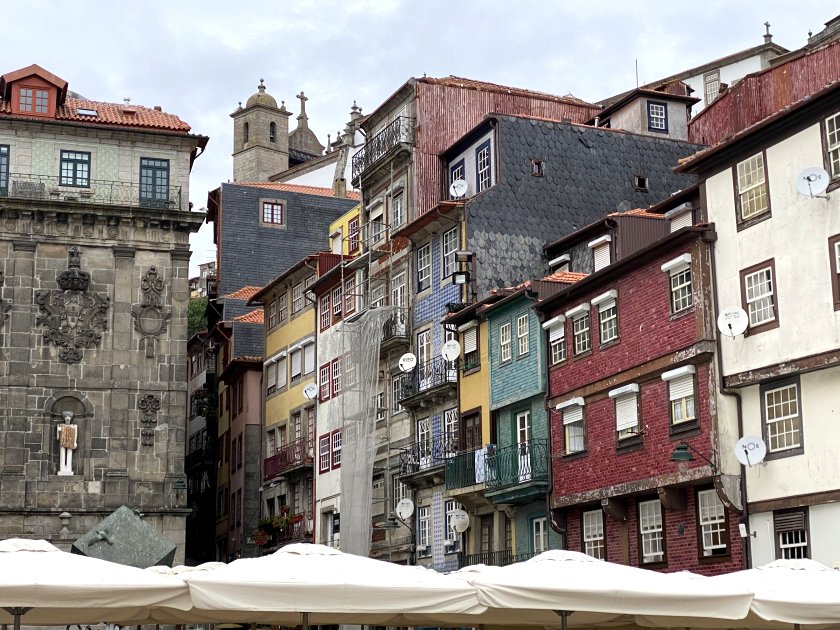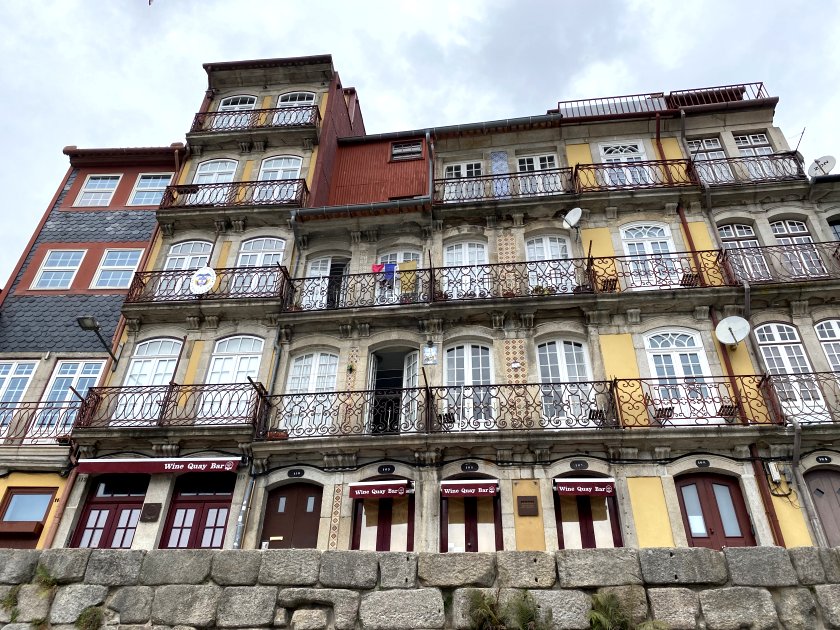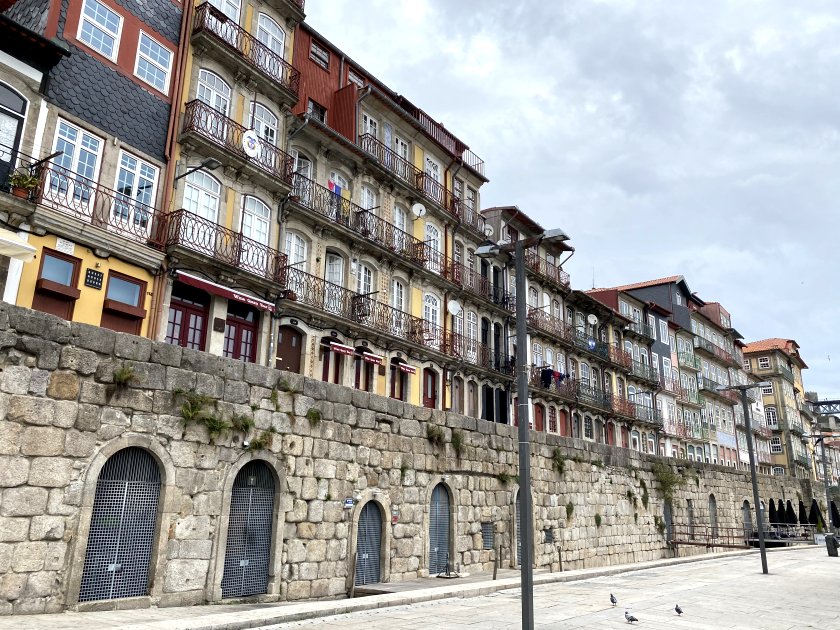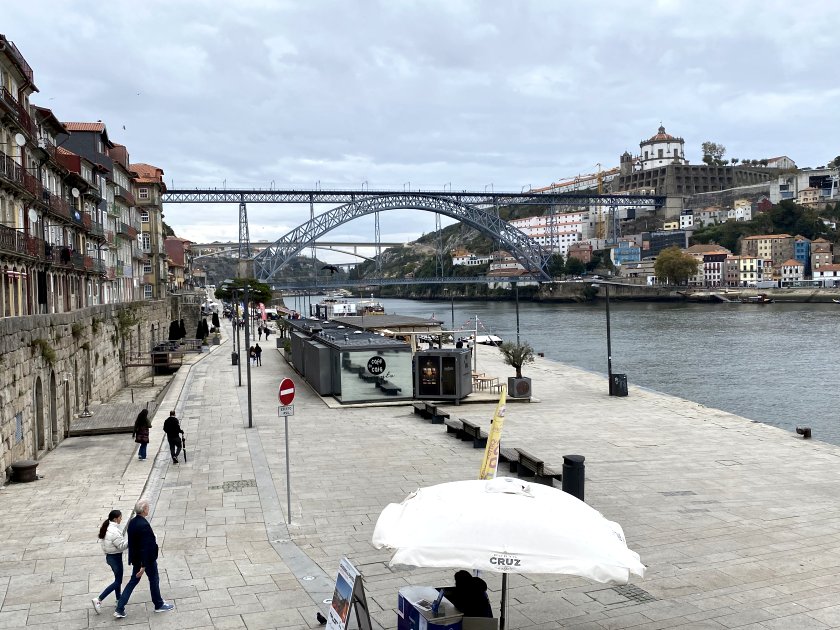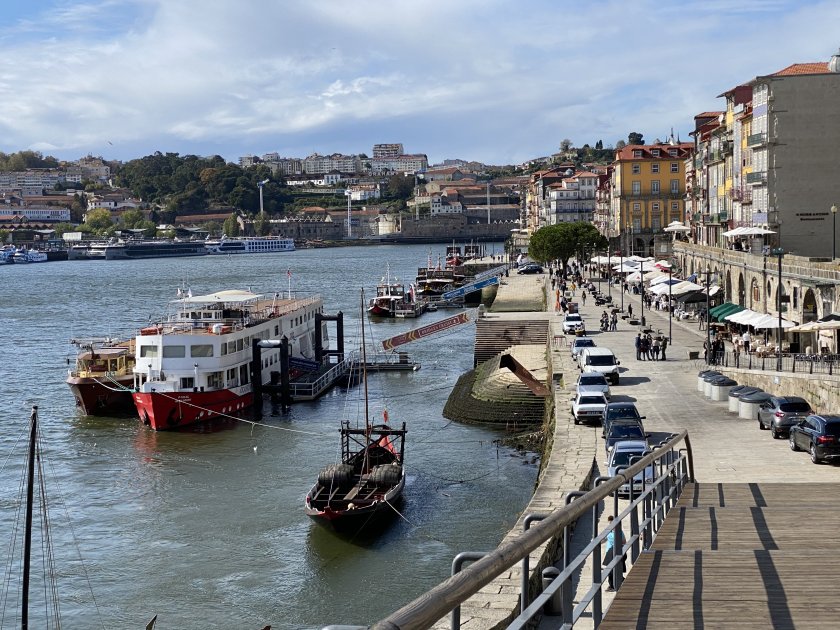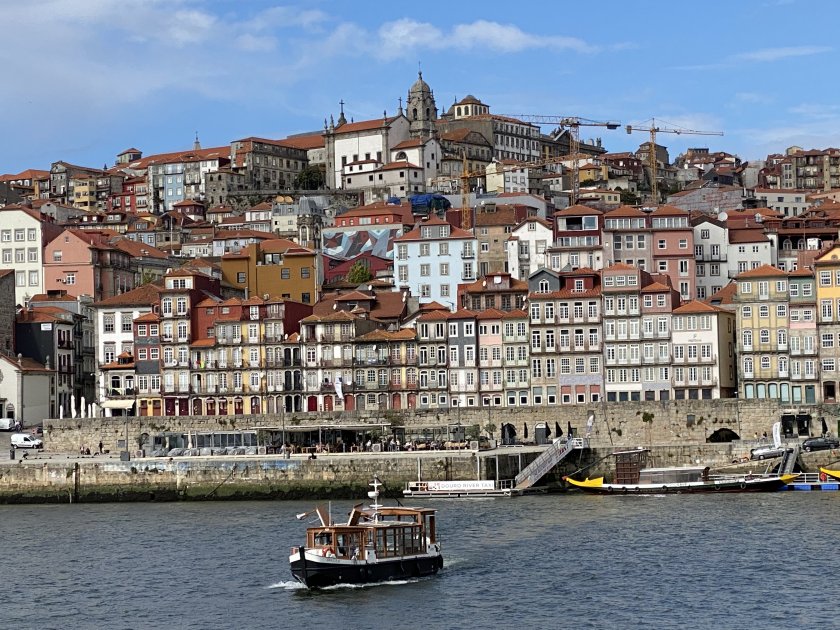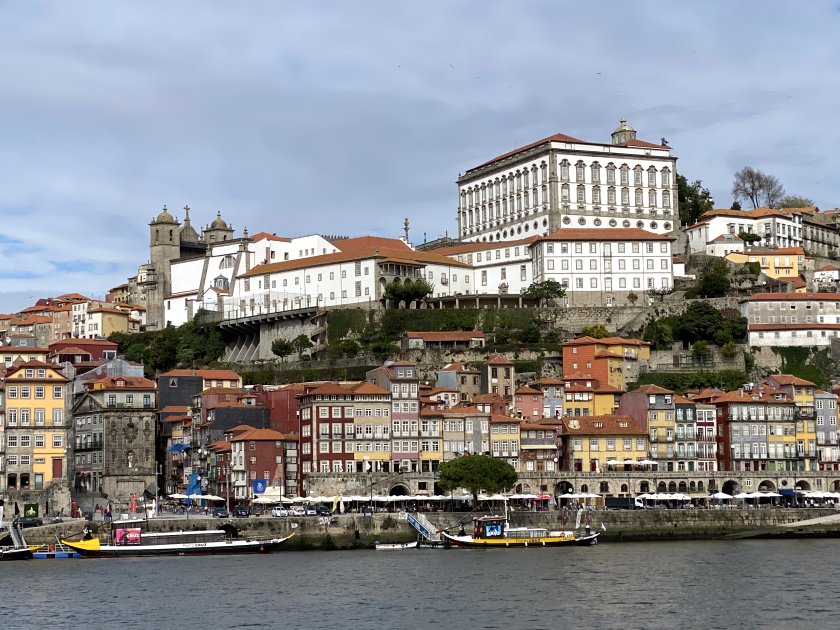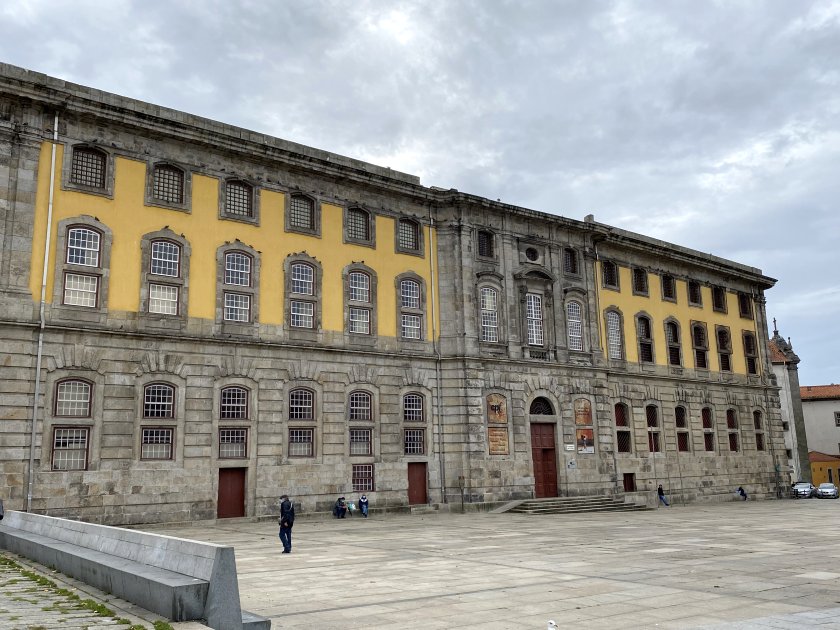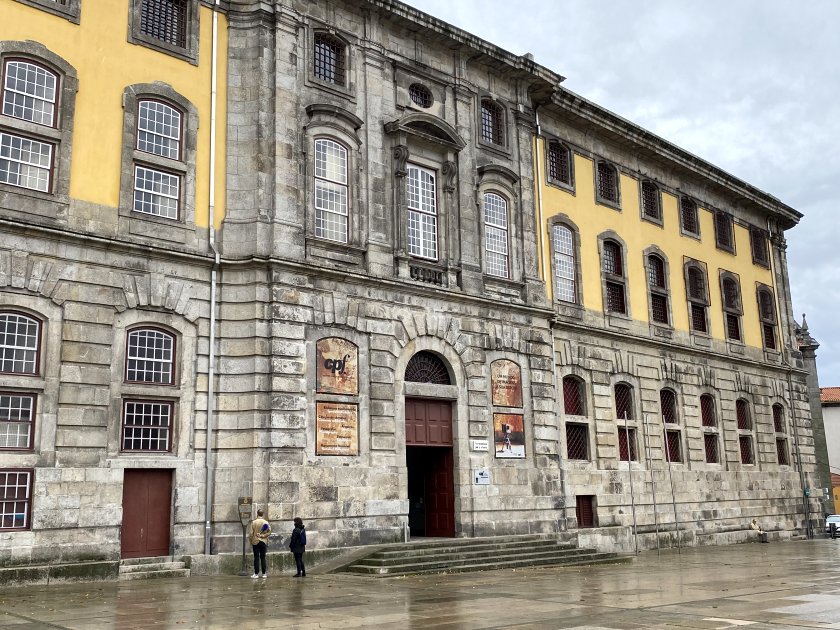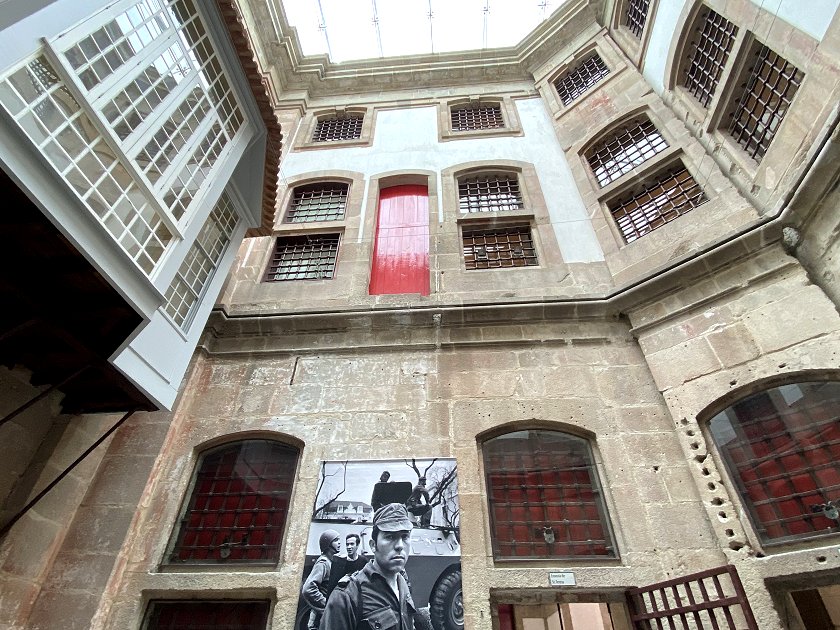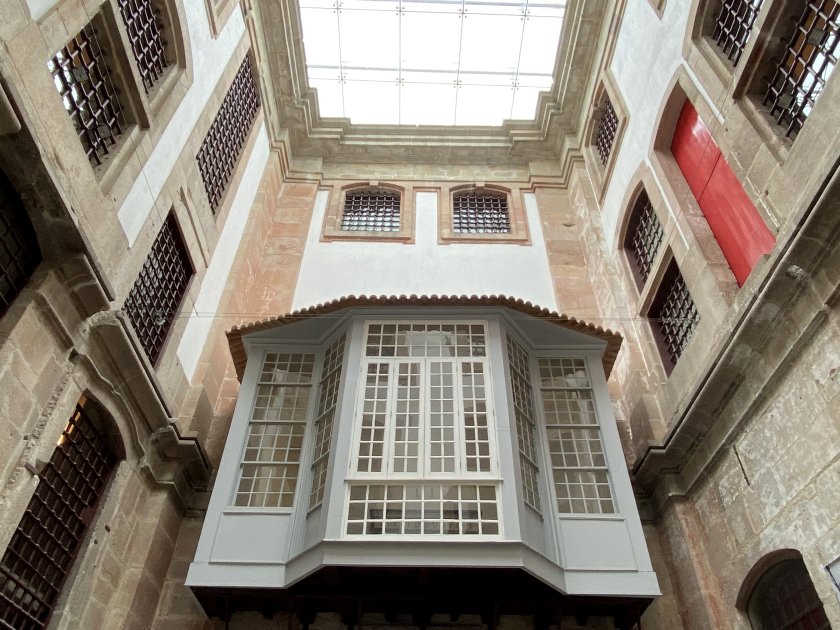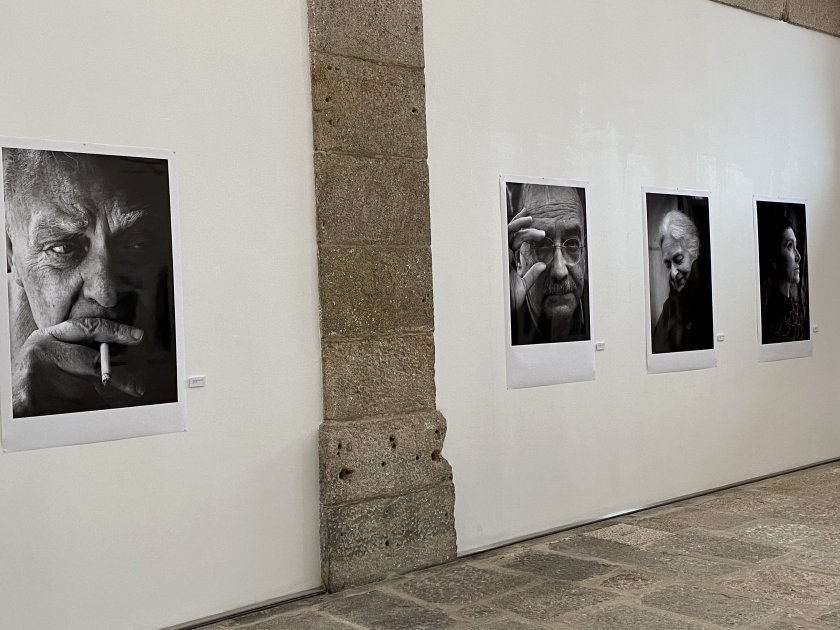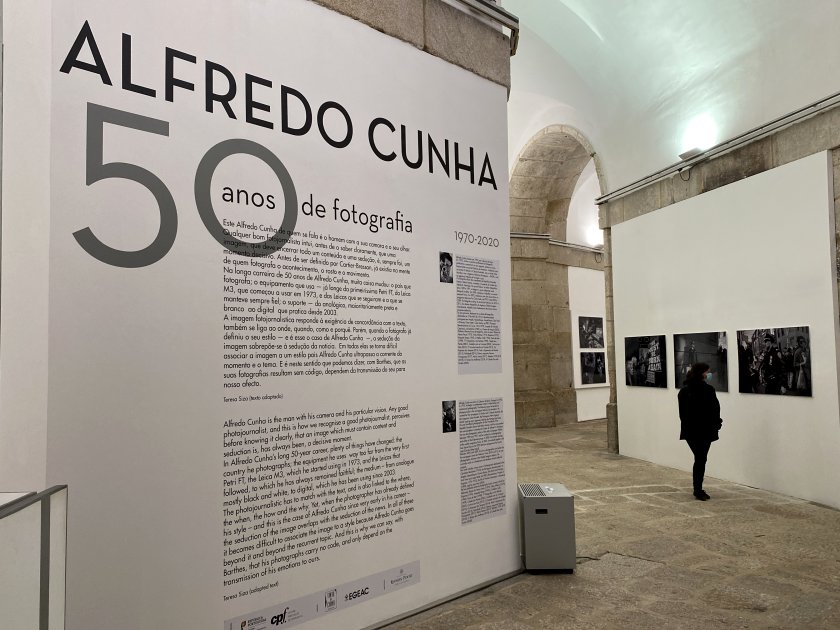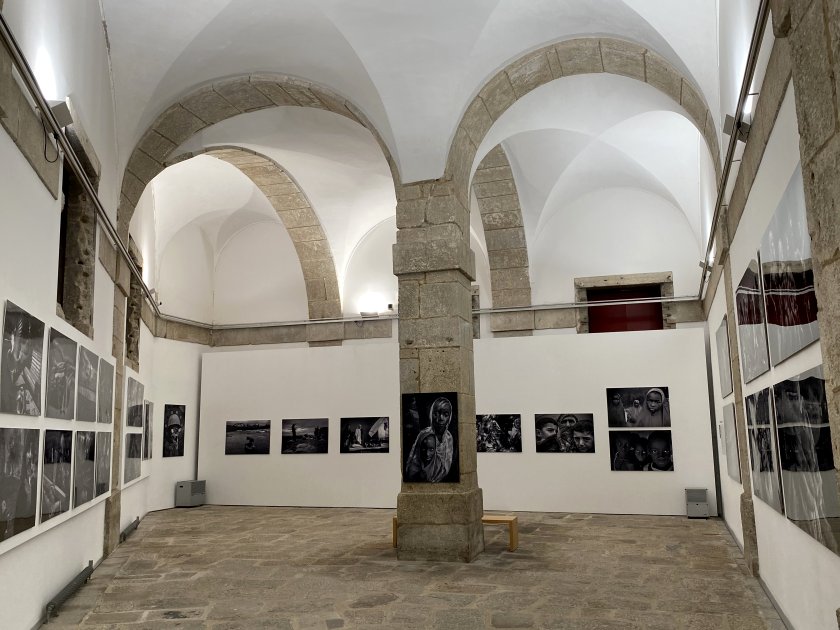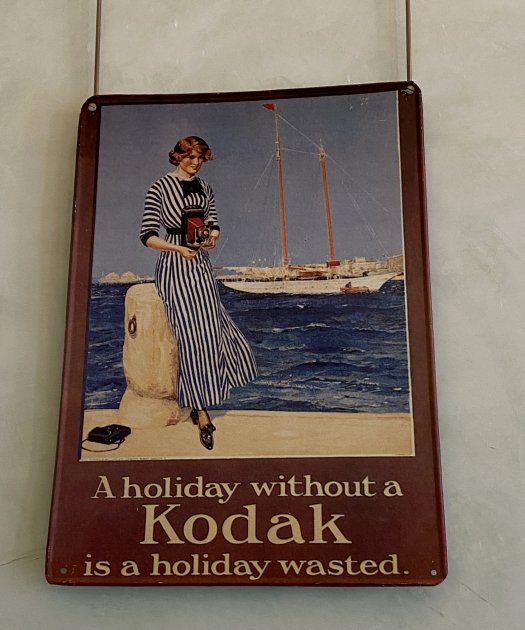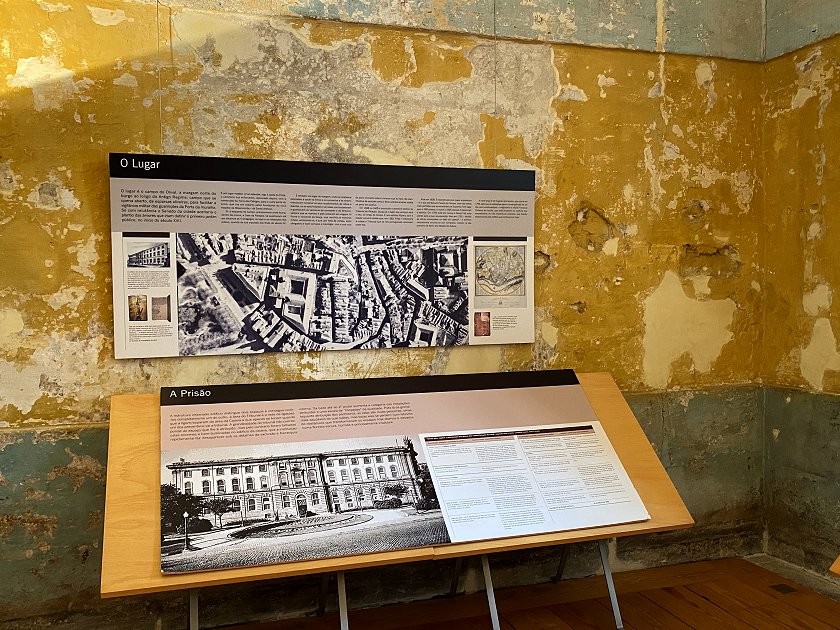With a city population of 240,000 and a metropolitan area that is home to 1.7 million people, Porto is Portugal’s second city. Its ancient name, Portus Cale, may even be the origin of the country’s name. The city lies on the north (right) bank of the Douro, just before that river flows into the Atlantic. Porto’s ‘twin’ on the south bank, Vila Nova de Gaia, has a population of 190,000 and so also forms a major part of the metropolitan area. English speakers used to refer to Porto as ‘Oporto’, a version of the name that arose from the local practice of giving this city the definite article in everyday speech: ‘o Porto‘ is akin to a resident of San Francisco referring to neighbourhoods such as ‘the Castro’ or ‘the Mission’.
The city also gave its name to port wine, even if the main production centre is across the river. The historic centre of Porto is a UNESCO World Heritage Site and remarkably, the city won the European Best Destination award in three of the last ten years. This was my second visit, following a gap of 16 years.
Please note that the photos on this page were taken over the course of several days and are presented according to subject matter, rather than in chronological order.
Bridge with a view
Dom Luís I Bridge is an iconic metal arch bridge opened in 1886. As befits the bridge’s location in a steep-sided gorge, it is double-decked: the high level provides a vital connection between Porto city centre and Avenida da República on the Gaia side, while the low level links Porto’s colourful and tourist-friendly Ribeira district with Gaia’s famous port caves. During my one previous visit in September 2004, the upper deck was closed for conversion to enable it to carry Line D of the Porto Metro light rail system – a feature which is now, of course, well established. Both bridge decks also accommodate pedestrians.
São Bento station
Porto’s city centre station, São Bento, is situated at the end of a short, terminating stub that breaks away from the main line at Porto Campanhã. São Bento’s standout feature is its staggeringly beautiful booking hall, making the station a tourist objective in its own right. Hopefully my photos will do it justice.
City centre
Here’s the main pictorial guide to Porto city centre, following which I’ll pick out another two specific features.
Ribeira
Ribeira is the colourful riverside district immediately downriver from the Dom Luís I Bridge. It faces directly across to the Gaia port caves.
Portuguese Centre of Photography
Porto is home to the Portuguese Centre of Photography (Centro Português de Fotografia). The building was once the Court of Appeal, which also incorporated a prison. It is situated in the historic centre, a short distance from the Clerics’ Church.

